
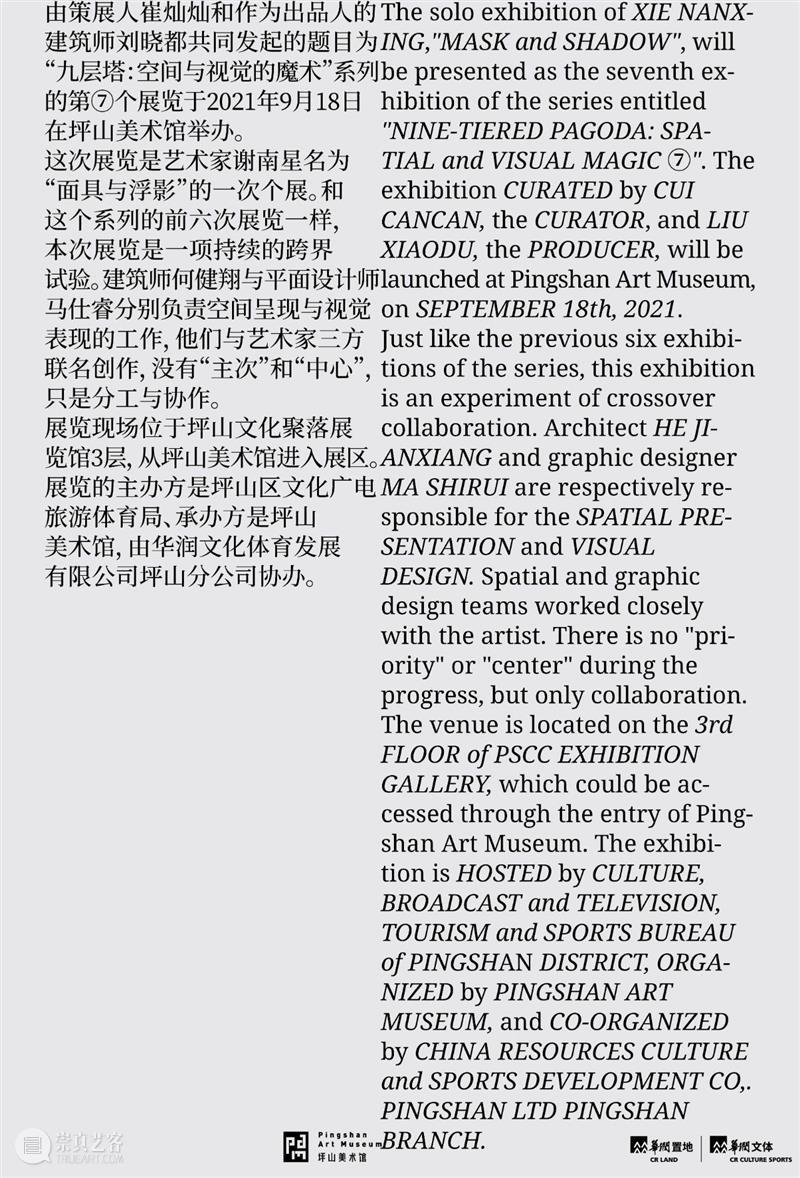
九层塔:空间与视觉的魔术
Nine-Tiered Pagoda: Spatial and Visual Magic
“九层塔:空间与视觉的魔术”是一次跨界行动,是中国从未有过的展览方向和形式。它将邀请9位/组艺术家提供作品,作为展览的基础素材,同时邀请9位建筑师,9位设计师,组成九个临时团队。艺术家、建筑师、设计师三方联名合作,没有“主次”和“中心”,只是分工与协作,最终形成9个全新类型的展览。
空间和设计是决定展览的核心元素,也是对展览和作品的再创作和再生产,它决定了观众看到什么,怎么看,看的次序和节奏。空间和设计,在这里不再是为展览服务,而是独立自主的体验,给予展览无数的变量和可能。
一直以来,我们缺乏一种高质量的跨界,它们不是流俗于明星和网红效应,迎合一种快餐式的出圈,就是自说自话,拘泥于专业壁垒。“九层塔”倡导的跨界方式,创造了一个艺术、建筑和设计的连接点,一个全新的交叉学科,它既是三个专业间的实际需求,有益协作,又保留了各自的专长和优势,分工得当。
作为中国古代建筑,“塔”有着一种特殊的结构,它的每一层讲述着不同的故事。这些故事和空间、设计,紧密围绕成一个彼此叠加的整体,成为展览的外在形象和精神内核。
“九层塔:空间与视觉的魔术”由策展人崔灿灿和建筑师刘晓都共同在2020年发起,它是一个混合了思想、方法、工具的实践项目,也是对跨领域工作的兴趣班,拓展彼此方向的攻关小组。
“九层塔”的出现,饱含着创造一个全新领域和事业的雄心,旨在发明一种新的合作方式和展览观念,重塑这个时代的感知体验。

九层塔:空间与视觉的魔术⑦
"面具与浮影"谢南星个展
+ 空间呈现
何健翔
+ 平面设计
马仕睿
+ 策展人
崔灿灿
+ 出品人
刘晓都
+ 开幕
2021年9月18日
+ 地点
坪山文化聚落展览馆3层(由坪山美术馆进入)
+ 主办
深圳市坪山区文化广电旅游体育局
+ 承办
坪山美术馆
+ 协办
华润文化体育发展有限公司坪山分公司

作为九层塔的第七个项目,“面具与浮影”像一座透明的城堡,一幕海市蜃楼般的歌剧魅影,吸引我们重拾创作和解读的密钥,打开艺术、建筑、设计中视觉与意义、形式与内容、表象与本质之间的谜题。展览以谢南星的一组肖像画为基础,邀请建筑师何健翔进行空间的呈现,平面设计师马仕睿进行海报等视觉系统的创作。
谢南星的表达方式和传统的“肖像画”截然不同,他不通过记录人的外表与样貌,去映射人的内心、道德品质和精神状态,而是在作品中将“肖像”隐退、变身,引用对象的社会身份或个人经历,描绘他们的一张名片,一些归纳的文字,例如对象常说的关键词、讲述的故事,一段特有的轶事,或是将对象卡通化,与童话里的人物映照。于是,肖像成为一张张未被揭开的面具,也是等待被另一种解读赋予灵光的浮影。曾经的“真实”在这里成了“表象”。然而,在一张张的面具背后,并无真身,也绝无本质,在一幕幕幻影之后,也不见谜底。艺术给出的观看、记载和理解世界的方式,也从未确定。
建筑师何健翔的空间搭建,也从传统建筑的重构开始。城堡的建造和肖像画一样,都是西方追求永恒存在的象征。城堡以强烈、坚实的形象锚固于大地,厚重的外表将内部掩藏,以至于我们印象中城堡仅有外部的形象,而忽略了内部的存在。于是,在这座全新的“透明城堡”中,内部变得透明可见,坚硬的外表被柔软的材料悬置,十字形平面的“内城堡”上下错综。展厅被分成四个院落,进出也各不相同。外围被一圈方形回廊连接和环绕,观者漫步其中,难分内外,仿佛远观与游历,围赏和望穿同时存在。
设计师马仕睿的海报异曲同工,“表象”与“本质”在这里变得含混不清。一副没有重点、平淡无聊的画面,只有信息的简单铺陈。这种表达方式,无象征、无隐喻,写实但又抽象,有限又是全部,接近本质,却又只是表象。
在网红打卡盛行的时代,三位的创作显得既不“好看”,也不通俗,甚至“晦涩”。神秘、多义的“面具与浮影”,让艺术、建筑、设计的解读,不再一目了然、不证自明。它们犹如一座剧场,充满沉思、质疑和迷幻的魅力,人们需要长时间的观看、思考、追问,才能进入更复杂的空间和思维层次。虽然,有时一无所获,有时后知后觉。在若干天后,灵光一闪,魔方与城堡的转动,由此打开。
我想起文学里的《城堡》,卡夫卡笔下的K ,终其一生未曾进入近在咫尺的城堡,却在徘徊中无意间打开了一个叙事的新维度:一个圆,一个循环往复的故事,同样余音悠长的结尾和开始。
文|策展人:崔灿灿

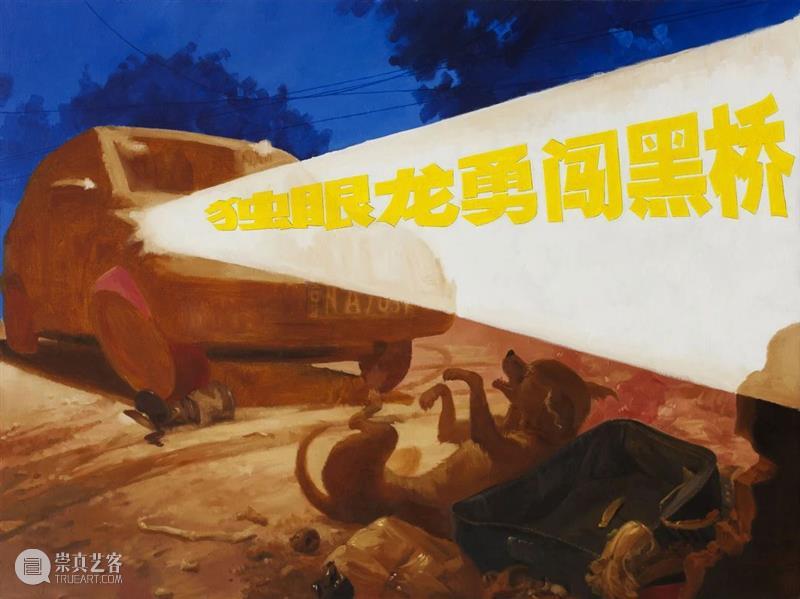
肖像No.1,2012,布面油画,120 X 160 cm,图片由艺术家及麦勒画廊 北京-卢森提供
Portrait No.1,2021,oil on canvas,120 x 160 cm,Courtesy of the artist and Galerie Urs Meile, Beijing-Lucerne
谢南星
1970年出生于重庆,现工作、生活于北京和成都两地。他在中国及欧洲多国都曾有许多展览展出记录,其个展展出机构及画廊包括麦勒画廊(2020、2015、2008),托马斯·戴恩画廊(2019),北京尤伦斯当代艺术中心(2018),汉堡火车站(2005),曼彻斯特美术馆(2003)和阿姆斯特丹Pulitzer画廊(1998)。其近期及主要群展的展出机构及画廊包括四川美术学院美术馆(2021),北京松美术馆(2020),达拉斯仓库(2020),符腾堡艺术馆(2019),维也纳应用艺术博物馆(2019),乌迪内卡萨·卡瓦齐尼市立博物馆(2017),北京红砖美术馆(2016),成都当代美术馆(2016),北京今日美术馆(2016),上海二十一世纪民生美术馆(2015),深圳OCT当代艺术中心(2014),佛罗伦萨斯特罗慈当代文化中心(2010),巴塞尔美术馆(2002),第十二届卡塞尔文献展(2007)及第48届威尼斯双年展(1999)。
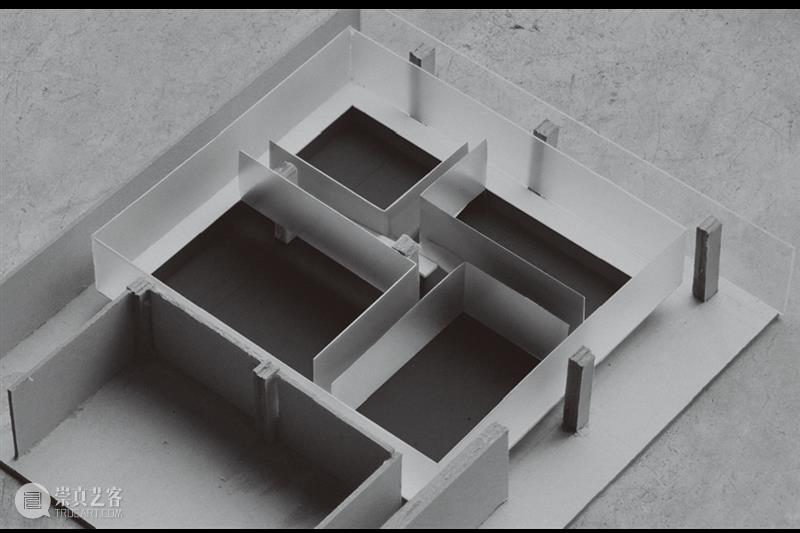
《九层塔:空间与视觉的魔术⑦“面具与浮影”谢南星个展》空间呈现效果图
何健翔
源计划建筑师事务所创始合伙人,比利时鲁汶大学建筑学硕士。
何健翔出生和成长于粤语文化的珠江三角洲地区。2003年结束5年欧洲留学和工作经历后回到广州,于2007年与蒋滢共同创办源计划建筑师事务所开始独立的建筑设计和研究工作。源计划试图将不同的文化和价值与地域性的建筑实践结合,都市更新保护和新集合居住形态是其近年工作的重点。源计划实验性的地域性实践获得包括英国《建筑评论》、美国《建筑实录》、法国《今日建筑》和中国《建筑学报》等在内的国际著名媒体的报道。源计划所获重要国内外设计奖项有亚洲建筑师协会金奖(2020年)、英国《建筑评论》New into Old建筑更新奖(2017年)、瑞士BSI建筑提名(2016年)以及2020年首届三联人文城市建筑设计类大奖。2015年被美国《建筑实录》评为当年全球十大先锋建筑事务所之一, 2020年初入选DOMUS杂志评选的全球50佳建筑事务所。
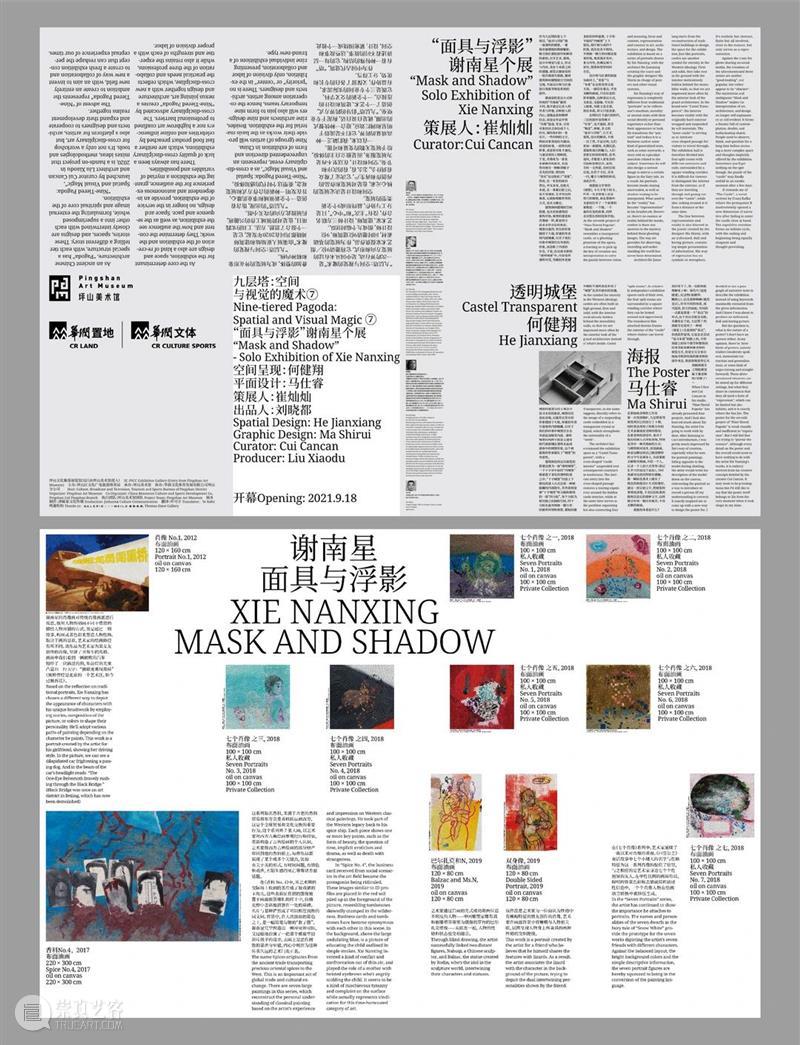
《九层塔:空间与视觉的魔术⑦“面具与浮影”谢南星个展》折页设计示意图
马仕睿
平面设计师,2005年合作创办打错平面设计工作室,现工作生活于北京。
崔灿灿
策划人,写作者。策划的主要展览和活动从2012年开始近一百多场,个展涵盖中国最具代表性的老、中、青三代艺术家,群展包括夜走黑桥、乡村洗剪吹、不在图像中行动、六环比五环多一环、十夜、2015-2019过年特别项目系列、策展课、九层塔、新一代的工作方法等。

“九层塔”系列同时展出
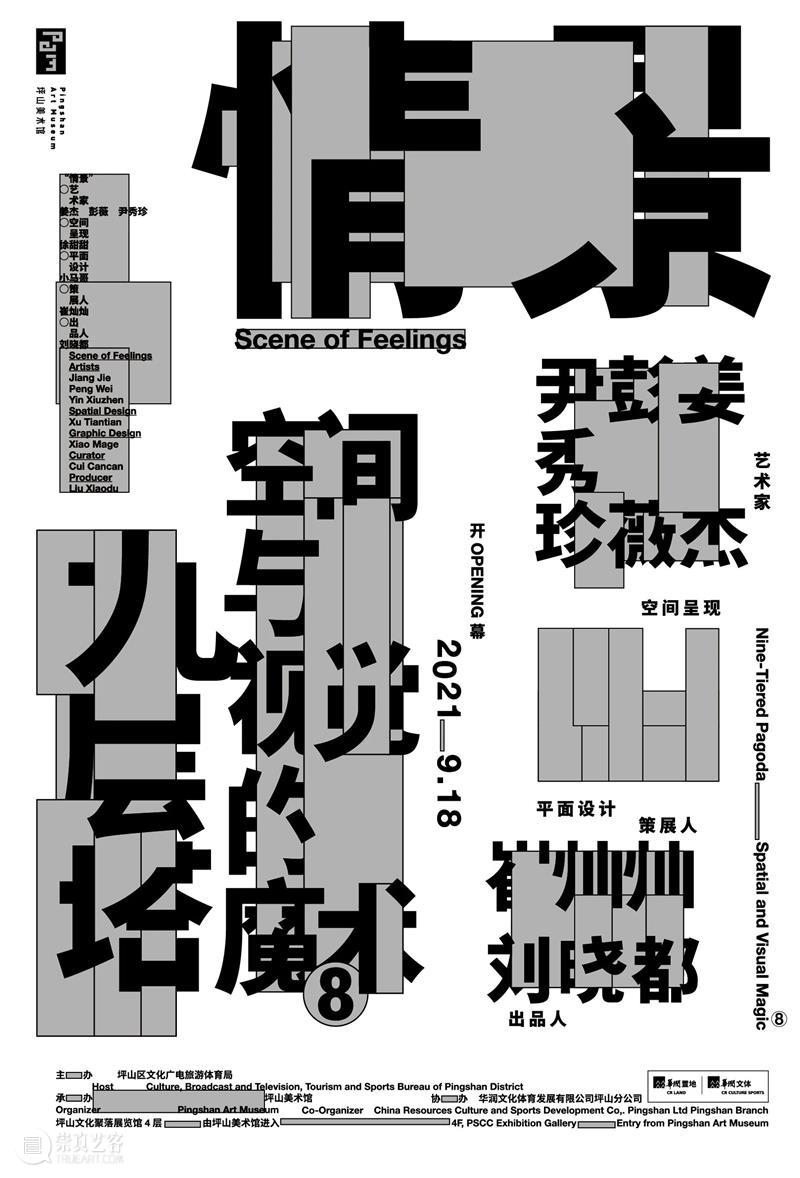
九层塔:空间与视觉的魔术⑧姜杰、彭薇、尹秀珍“情景”
九层塔:空间与视觉的魔术⑥“形式的狂想” 刘韡个展
九层塔:空间与视觉的魔术⑤ 陈文骥+丁乙+梁铨+谭平 “相似的结果,不同的路径”

关于坪山美术馆
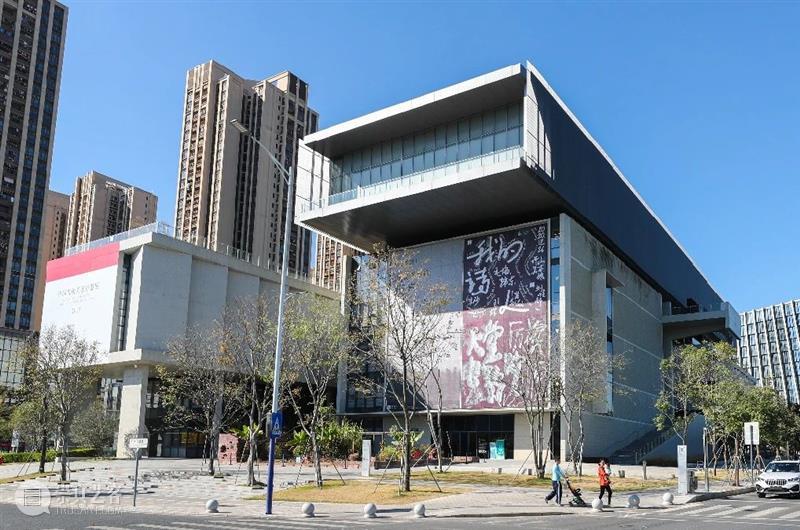
坪山美术馆位于坪山文化聚落北区,是深圳重要的公共文化设施。坪山美术馆以创新的体制机制,推动传统公立美术馆与民间美术馆的资源融通,汇聚各方能量,办一个专业化、品质化、国际化的“正而酷”的美术馆,成为集活力、包容、创意、互动为一体的新时代新都市美术馆新标杆,为市民群众带来新鲜、多元的文化享受和体验。

Nine-Tiered Pagoda:Spatial and Visual Magic
Nine-Tiered Pagoda: Spatial and Visual Magic, as a cross-disciplinary event, represents an unprecedented direction and form of exhibition in China. Nine (groups of) artists will provide their works as the basis material for the exhibition. Besides, nine architects and nine designers will also join to form nine temporary teams, hence the cooperation among artists, architects and designers. There is no ‘priority’ or ‘center’ in the exhibition, only division of labor and collaboration, presenting nine individual exhibitions of a brand-new type.
As the core determinant for the exhibition, space and design are also a kind of re-creation of the exhibition and the work; They determine the content and how the audience see the exhibition, as well as the sequence and pace. Space and design, no longer in the service of the exhibition, provide an independent and autonomous experience for the audience, granting the exhibition a myriad of variables and possibilities.
There has always been a lack of quality cross-disciplinary exhibitions, which are neither a fast food product preached by celebrities and online influencers nor a highbrow art confined to professional barriers. The cross-disciplinary advocated by Nine-Tiered Pagoda creates a nexus joining art, architecture and design together with a new cross-discipline, which reflects the practical needs and collaboration of the three professions, while it also retains the expertise and strengths of each with a proper division of labor.
As an ancient Chinese architecture, ‘Pagoda’ has a special structure, with each tier telling a different story. These stories, spaces, and designs are closely intertwined with each other into a superimposed whole, formulating the external image and spiritual core of the exhibition.
Nine-Tiered Pagoda: Spatial and Visual Magic, launched by curator Cui Cancan and architect Liu Xiaodu in 2020, is a hands-on project that mixes ideas, methodologies and tools. It's not only a workshop for cross-disciplinary art, but also a platform for artists, architects and designers to cooperate and expand their development realms together.
The advent of Nine-Tiered Pagoda represents the ambition to create an entirely new field, with an aim to invent a new way of collaboration and to create a fresh exhibition concept that can reshape the perceptual experience of our times.

Nine-Tiered Pagoda: Spatial and Visual Magic ⑦
Mask and Shadow - Solo Exhibition of Xie Nanxing
Spatial Design: He Jianxiang
Graphic Design: Ma Shirui
Curator: Cui Cancan
Producer: Liu Xiaodu
Opening: 9/18/2021
3F, PSCC Exhibition Gallary (Entry from Pingshan Art Museum)
Host: Culture, Broadcast and Television, Tourism and Sports Bureau of Pingshan District
Organizer: Pingshan Art Museum
Co-Organizer: China Resources Culture and Sports Development Co,. Pingshan Ltd Pingshan Branch

“Mask and Shadow” Solo Exhibition of Xie Nanxing
As the seventh project of “Nine-Tiered Pagoda”, “Mask and Shadow” resembles a transparent castle, or a ghosting phantom of the opera, attracting us to pick up the key of creation and interpretation to solve the puzzle between vision and meaning, form and content, representation and essence in art, architecture, and design. The exhibition is based on a series of portraits drawn by Xie Nanxing, with the architect He Jianxiang creating the space and the graphic designer Ma Shirui in charge of posters and other visual systems.
Xie Nanxing’s way of expression is completely different from traditional “portraits” as he reflects one’s emotions, morality or mental states with their social identity or personal experience rather than their appearance or look. He transforms the “portrait” and reduces it to a business card or some kind of generalized texts, such as some keywords, a story told or a peculiar anecdote related to the subject. Sometimes he will also design a cartoon image to mirror a certain figure in the fairy tale. As a result, his portraits become masks staying unrevealed, as well as shadow waiting to be interpreted. What used to be the “reality” has become “representation” in his brushwork. However, there’s no essence or reality behind the masks, neither is there any answers to the mystery behind those ghosting images. The way art provides for observing, recording and understanding the world has never been determined.
Architect He Jianxiang starts from the reconstruction of traditional buildings to design the space for the exhibition. Just like portraits, castles are another symbol for eternity in the Western ideology. Firm and solid, they take root in the ground with the interior meticulously hidden behind the monolithic walls, so that we are impressed more often by the exterior look of the grand architecture. In the brand-new “Castel Transparent”, the interior becomes visible with the originally hard exterior wrapped and suspended by soft materials. The “inner castle” is serving as an intricate cross-shaped passage for visitors to travel through. The exhibition hall is therefore divided into four split rooms with different entrances and exits, surrounded by a square winding corridor. It is difficult for viewers to distinguish the interior from the exterior, as if they are traveling through and gazing out over the “castle”, while also looking around at it from a distance at the same time.
The line between representation and reality is also blurred in the poster created by the designer Ma Shirui, with an unfocused, dull and boring picture, containing simple presentation of information. His way of expression has no symbols or metaphors. It’s realistic but abstract, finite but all involved, close to the essence, but only serves as a representation.
Against the craze for photo sharing on social media, the creations of the aforementioned three artists are neither “good-looking”, nor popular, but rather appear to be “obscure”. The mysterious and ambiguous “Mask and Shadow” makes the interpretation of art, architecture, and design no longer self-explanatory or self-evident. It forms a theater full of contemplation, doubts, and hallucinating charm. People need to observe, think, and question for a long time before accessing a more complex space and thoughts implicitly offered by the exhibition. Sometimes you’ll get nothing on the spot though, the puzzle of the “castle” may finally unfold in an eureka moment after a few days.
It reminds me of “The Castle”, a novel written by Franz Kafka where the protagonist K inadvertently opened a new dimension of narrative after failing to enter the castle close at hand. The repetitive storyline forms an infinite cycle, with the ending and beginning being equally eloquent and thought-provoking.
Curator: Cui Cancan

Xie Nanxing (b. 1970, Chongqing, China) lives and works in Beijing and Chengdu, China. He has exhibited widely in China and Europe with solo exhibitions at Galerie Urs Meile (2020, 2015, 2008); Thomas Dane Gallery (2019); Ullens Center for Contemporary Art, Beijing (2018); Kunstverein Hamburger Bahnhof (2005); Manchester Art Gallery (2003); and Pulitzer Gallery, Amsterdam (1998). Recent and notable group exhibitions include: Art Museum of Sichuan Fine Arts Institute, Chongqing, China (2021); Song Art Museum, Beijing (2020); The Warehouse Dallas (2020); Württembergischer Kunstverein Stuttgart (2019); MAK Museum für Angewandte Kunst, Vienna (2019); Casa Cavazzini, Italy (2017); Red Brick Art Museum, Beijing (2016); Museum of Contemporary Art Chengdu (2016); Today Art Museum, Beijing (2106); Shanghai 21st Century Minsheng Art Museum (2015); OCT Contemporary Art Terminal (OCAT), Shenzhen (2014); Gerhard Richter and the Disappearance of the Image in Contemporary Art, Centro di Cultura Contemporanea Strozzina (CCCS), Palazzo Strozzi, Florence, Italy (2010); Painting on the Move, Kunsthalle Basel, Basel, Switzerland (2002); Documenta XII, Kassel, Germany (2007); and d’APERTutto, La Biennale di Venezia, 48. Esposizione Internationale d’Arte, Venice, Italy (1999).
Founding Partner of O-Office Architects
M. Arch, KU Leuven, Belgium
He Jianxiang was born and raised in the Pearl River Delta region featuring Cantonese culture. In 2003, he returned to Guangzhou after five years of study and work in Europe and co-founded O-Office Architects with Jiang Ying, embarking on independent architectural design and research. O-Office Architects interests in integration of multi-culture and values with regional architectural practices. Urban renewal and re-intervention of collective living forms are the recent focus of O-office’s work. Its experimental regional practice has been covered by multiple famous international media, such as the Architectural Review, Architectural Record, L’Architecture d’Aujourd’hui and Architectural Journal (China). O-Office Architects has won important design awards both domestic and abroad, including Golden Award of ARCHASIA 2020, the 2017 AR New into Old Award, nomination of the BSI Swiss Architectural Award 2016, as well as the 1st City for Humanity Award in 2020. In 2015, it was featured as one of the Design Vanguard firms by Architectural Record, and named by Domus in the list of 50 Best Architecture Firms in the early 2020.
Ma Shirui, graphic design, 2005 Co-Founder of typo_d studio, base in Beijing.
typo-d.com
Cui Cancan, an active Chinese curator and writer, has curated nearly 100 major solo and group exhibitions for the most representative Chinese artists of different generations since 2012. His group exhibitions include “Hei Qiao Night Way”, “Rural Wash”, “Cut and Blow-dry”, “Unlived by What is Seen”, “Between the 5th & 6th Ring Road in Beijing”, “The Decameron, Spring Festival Projects (2015-2019)”, “The Curation Workshop”,“Nine-Tiered Pagoda” and "The Methodology of the New Generation".

About PAM
Situated in the north district of Pingshan Culture Quarter, The Pingshan Art Museum (PAM) is an important public cultural institution in Shenzhen. It is a major force for resource fusion from conventional public art museums and private art institutions, fueled by its institutional innovation. Aiming to build an art museum that is “positive and cool”, PAM actively explores professional development with high-quality in an international scope. The Pingshan Art Museum dedicates to be a new landmark in our time by bringing fresh and diverse cultural enjoyment and experiences to its citizens and celebrating vitality, inclusion, creativity, and interaction.


翻译|叶可非
统筹|唐煜婷
编辑|李超群
审校|李耀
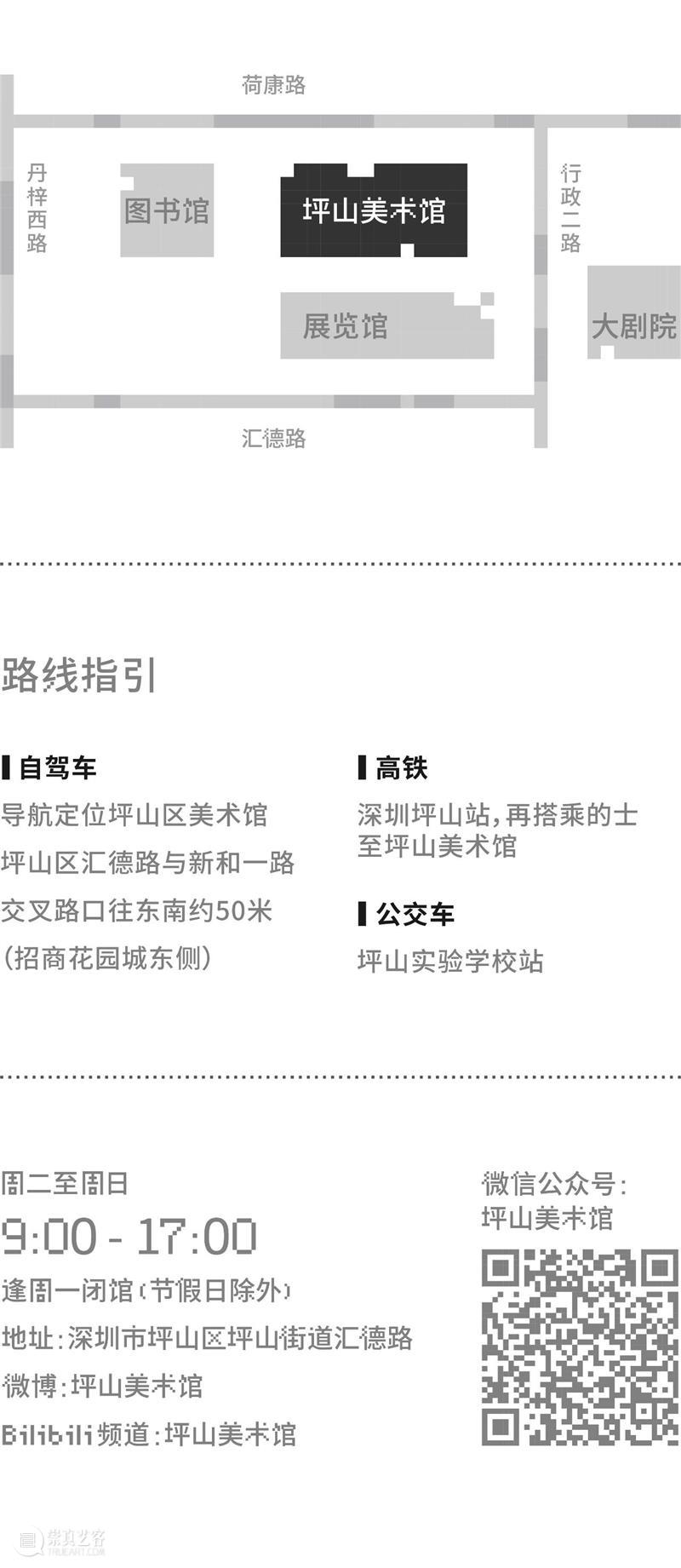


已展示全部
更多功能等你开启...
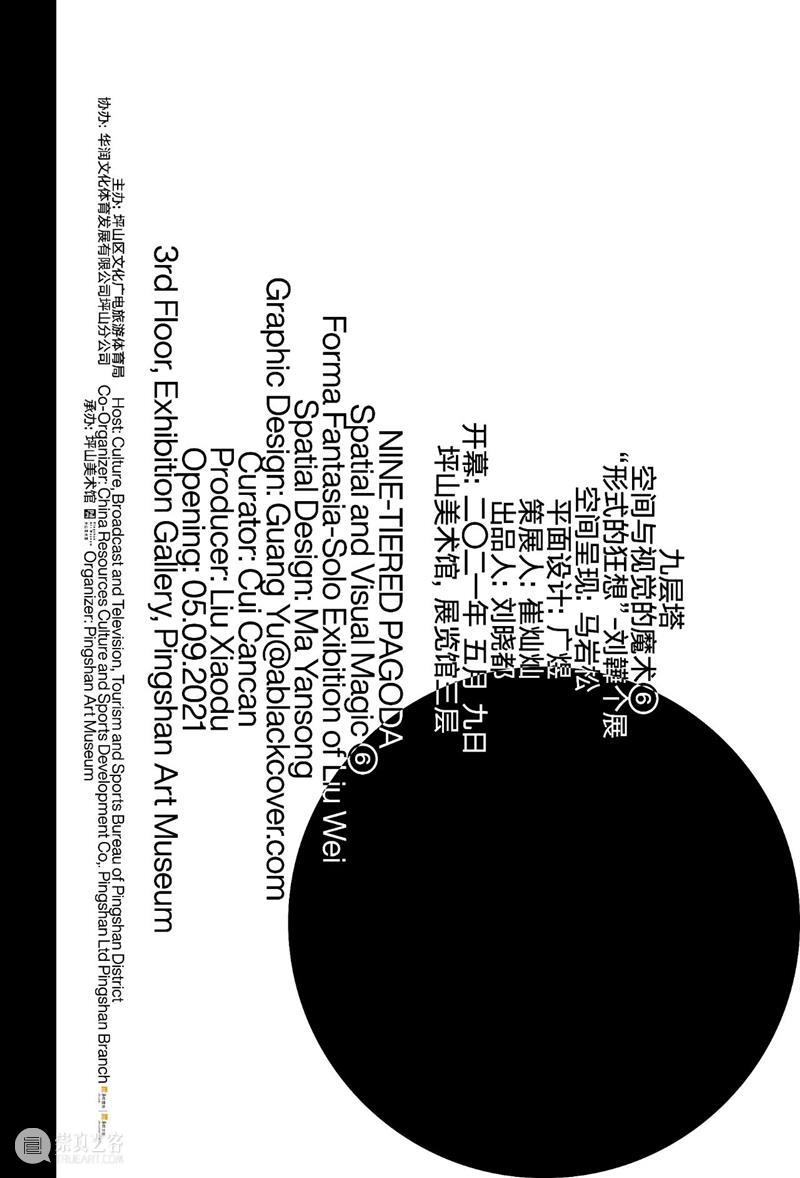
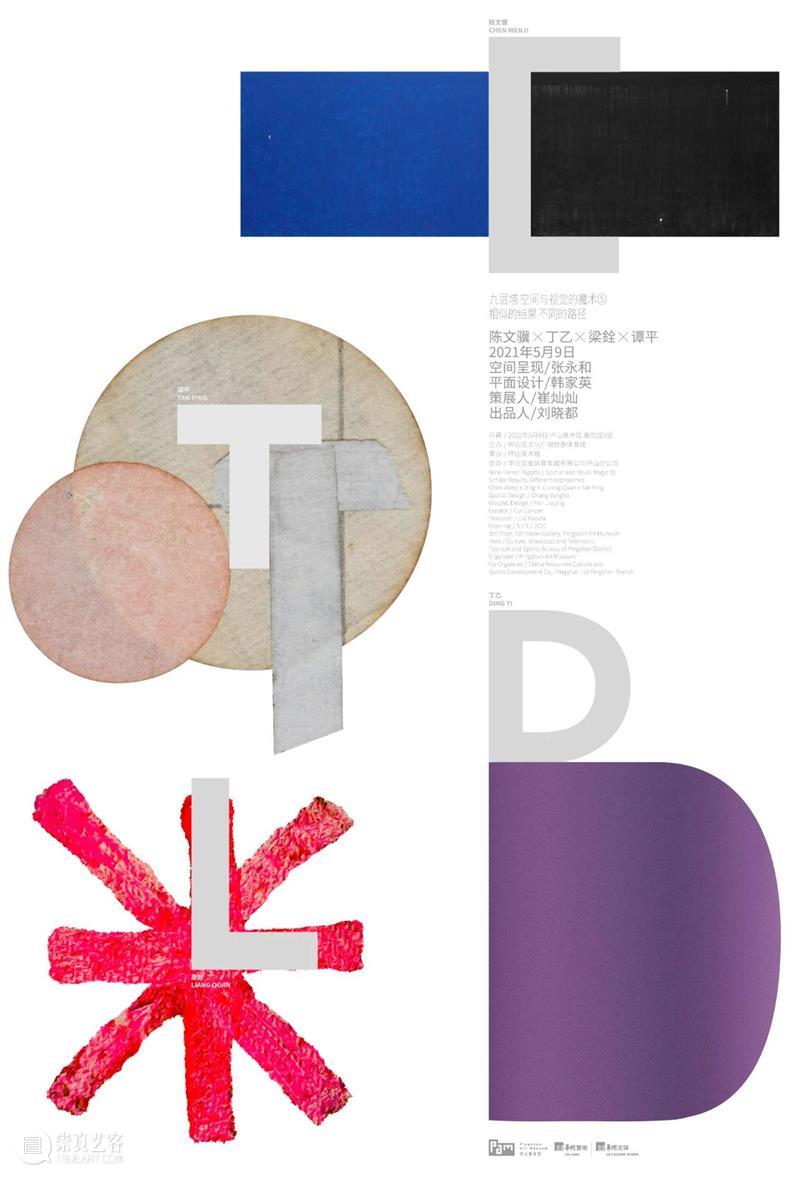
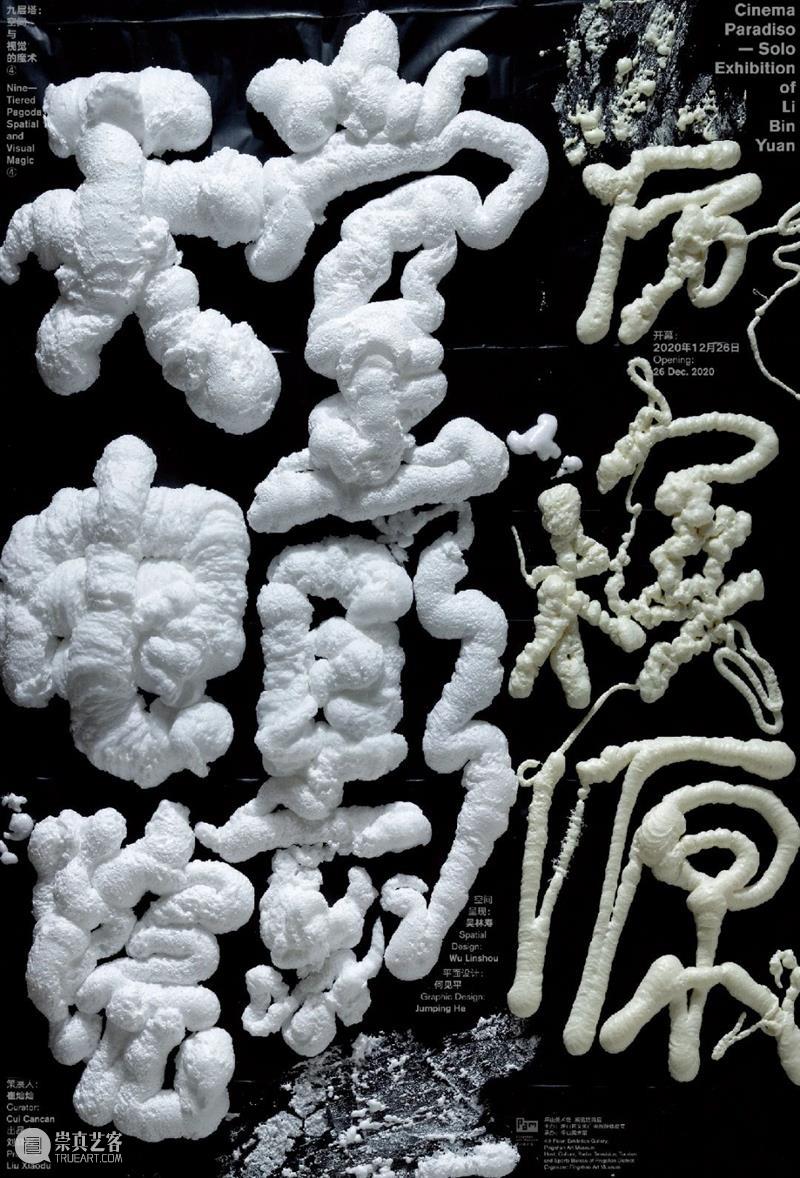
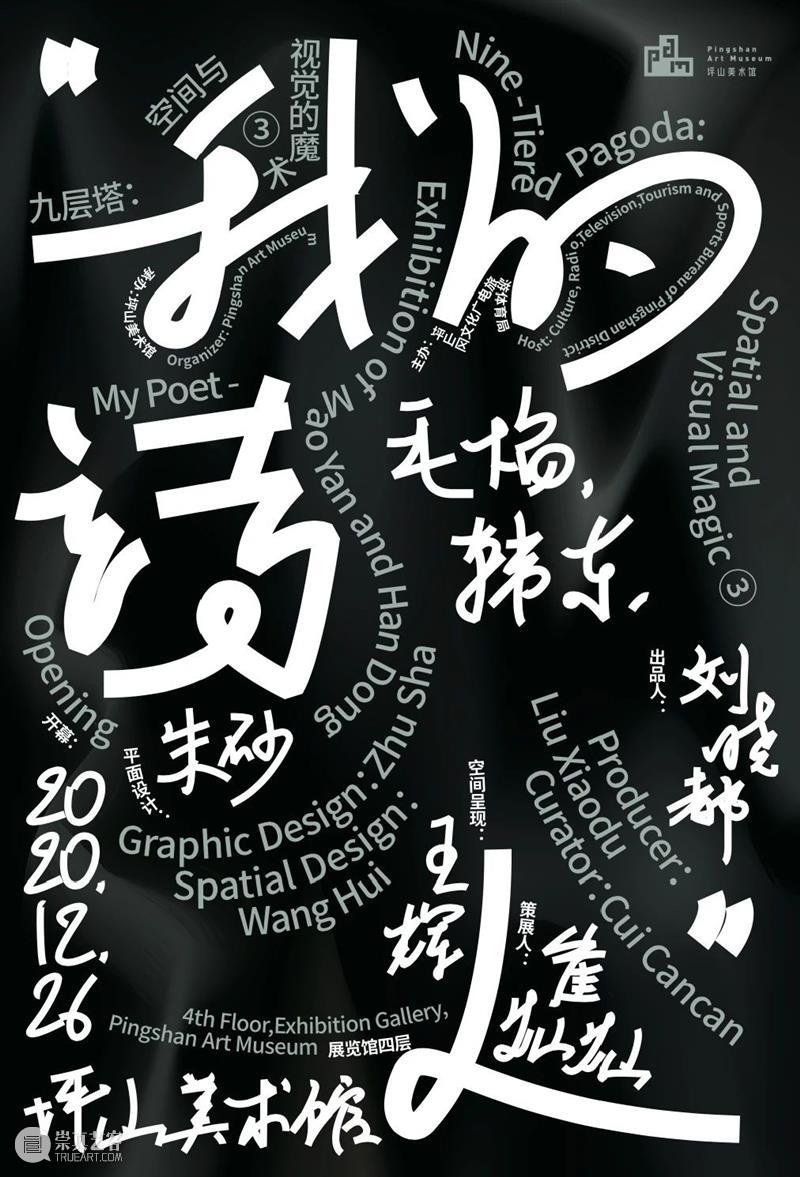
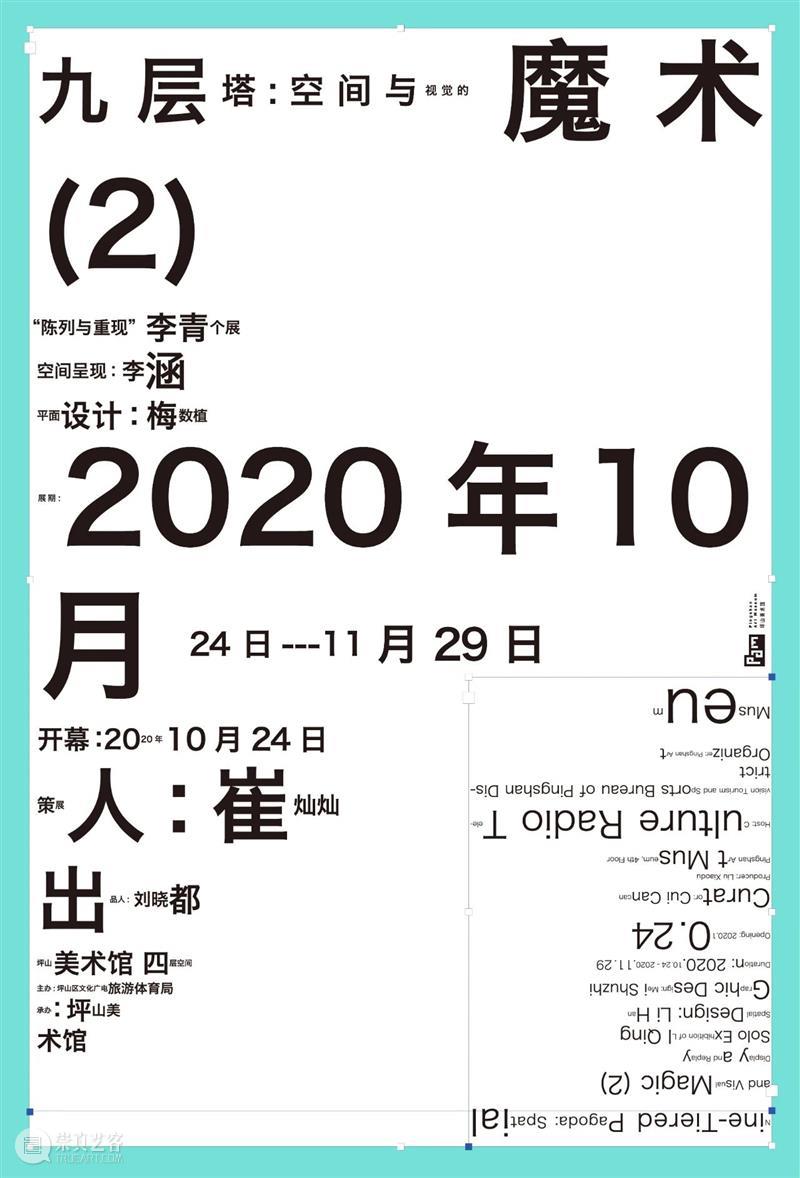
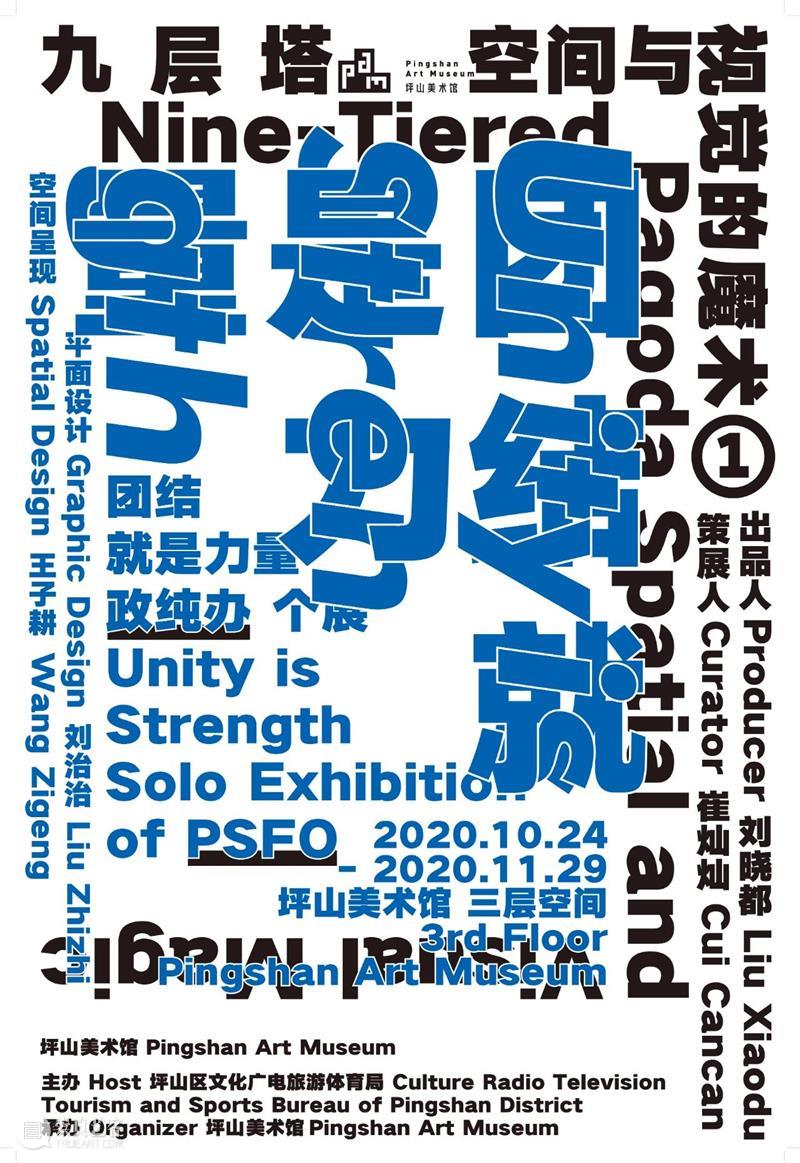





 分享
分享